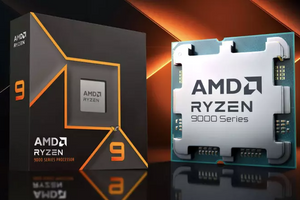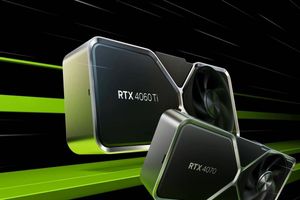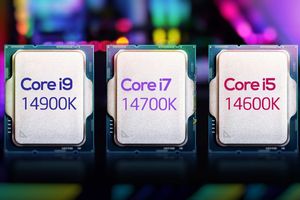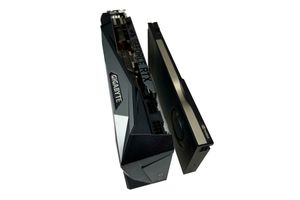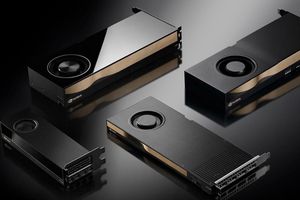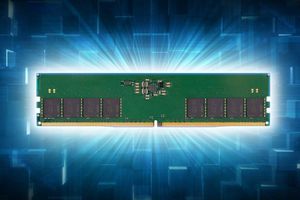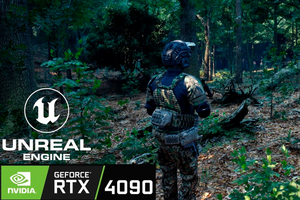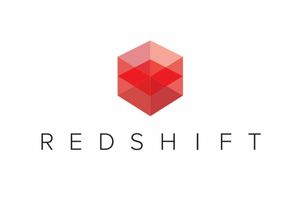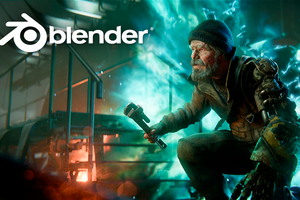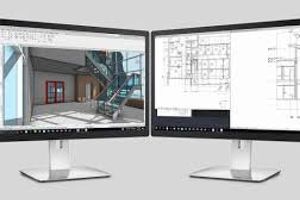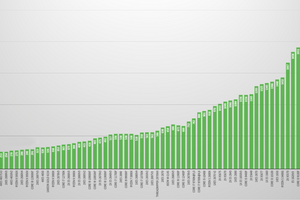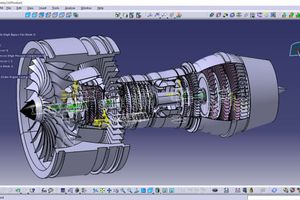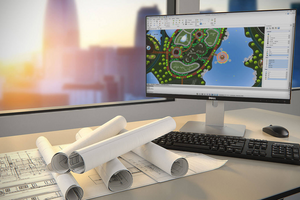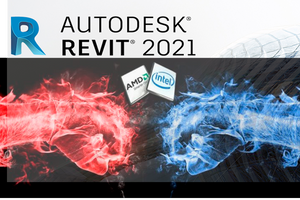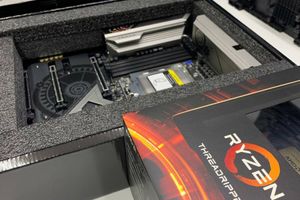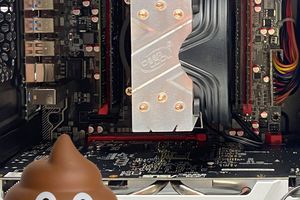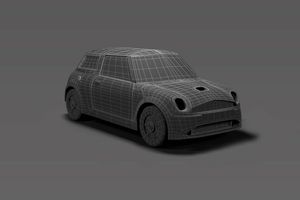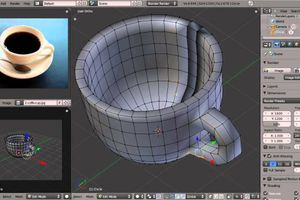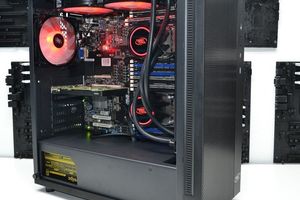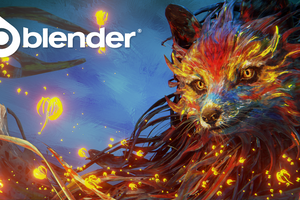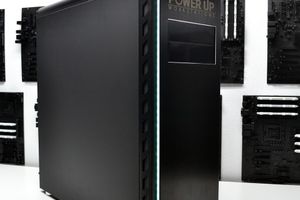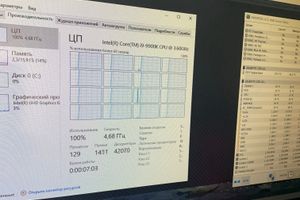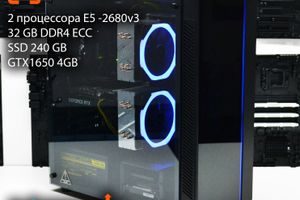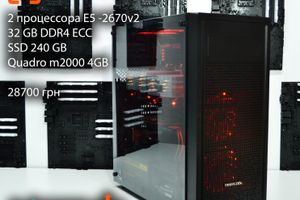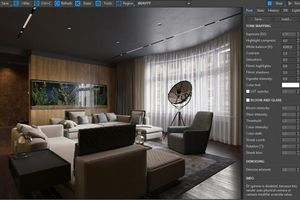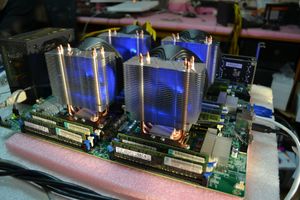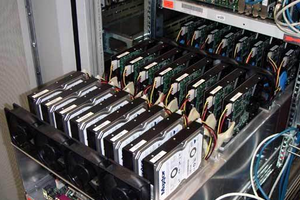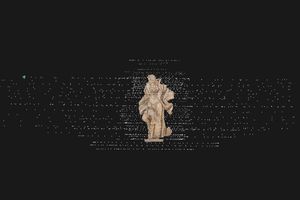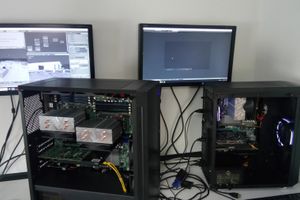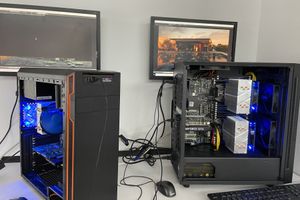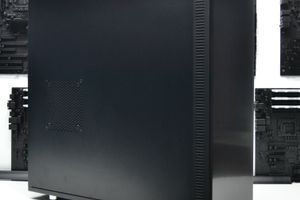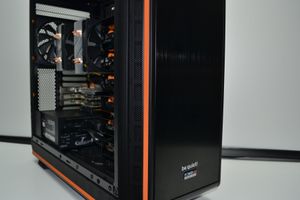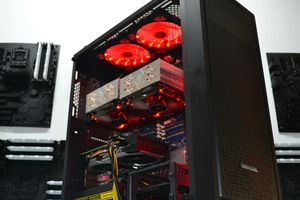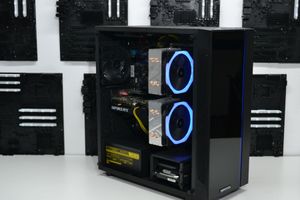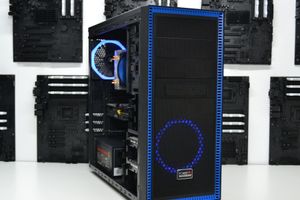The NVIDIA RTX 6000 graphics card is aimed at the workstation segment and will use the Pro driver suite. It is not intended for gaming, although you can play with it if you want, as NVIDIA drivers are very flexible. It can be easy to get confused by the naming scheme of the new card, but you should remember that the Ampere generation had an “A” at the beginning of the model name, while the Ada generation has no letters at the beginning. The card is simply called RTX 6000 instead of RTX A6000 (Last-gen).
The specifications of the NVIDIA RTX 6000 are also better than the GeForce RTX 4090. It has only 2 SM disabled for 142, which provides up to 18,176 CUDA cores. This is 11% more cores and SMs than the RTX 4090 GPU. But NVIDIA undoubtedly has room for an even more powerful variant that will utilize these 2 remaining SM units. The card comes with a similar 2.5 GHz clock speed and has twice the amount of VRAM - 48 GB (EEC) versus 24 GB for the RTX 4090. The card uses slower GDDR6X memory cards with a speed of 20 Gbps versus 21 Gbps used in gaming graphics cards.
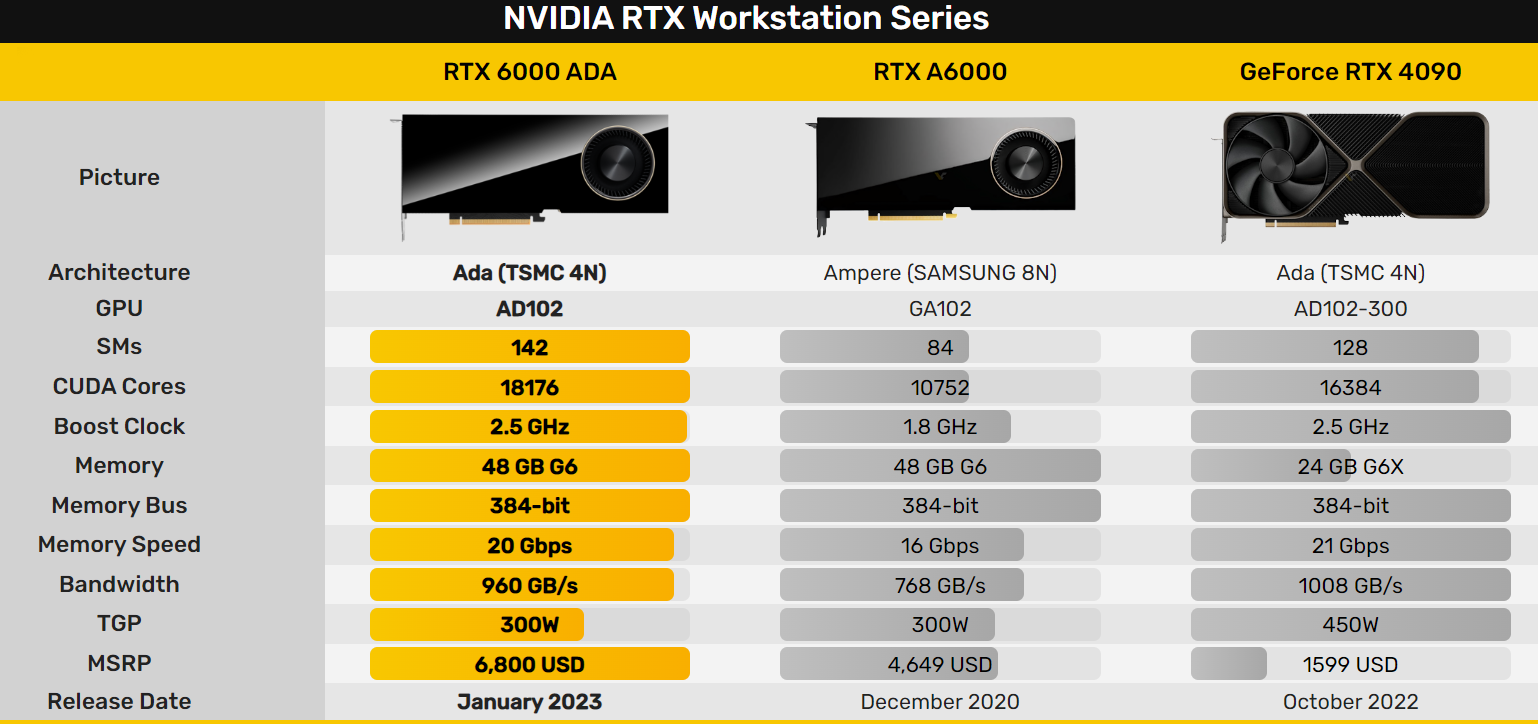
In terms of performance, the NVIDIA RTX 6000 'Ada' graphics card offers 91.1 TFLOPs in FP32, 210.6 TFLOPs in RT, and 1457 TFLOPs in the tensor core. While the RTX 4090 requires 450 watts on the power supply, the RTX 6000 only has a power requirement of 300 watts, making it quite efficient. But all these additional features and workstation benefits come at a price.
The NVIDIA RTX 6000 Ada is now available from NVIDIA and its partners for $6800, which is also its official MSRP. This is almost 50% higher than the RTX A6000, its predecessor based on the Ampere GPU, and 4.25 times higher than the MSRP of the RTX 4090. The price may be well justified, as this card has workstation capabilities and performance that are second to none. Ada has insane computing capabilities and a lot of AI creation possibilities, and with the right workstation drivers, this beast will fly.
